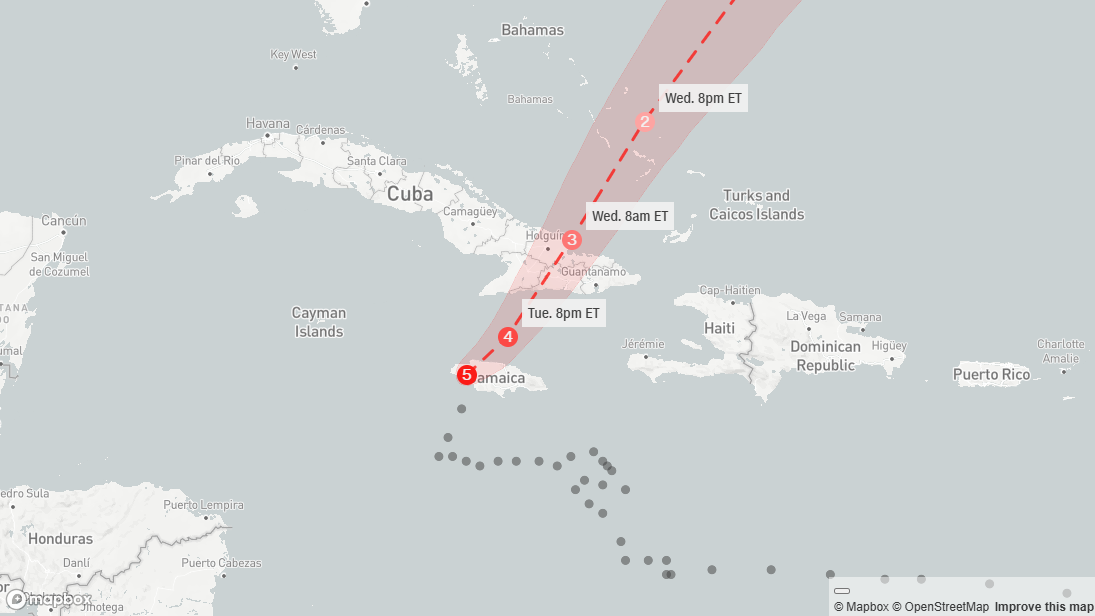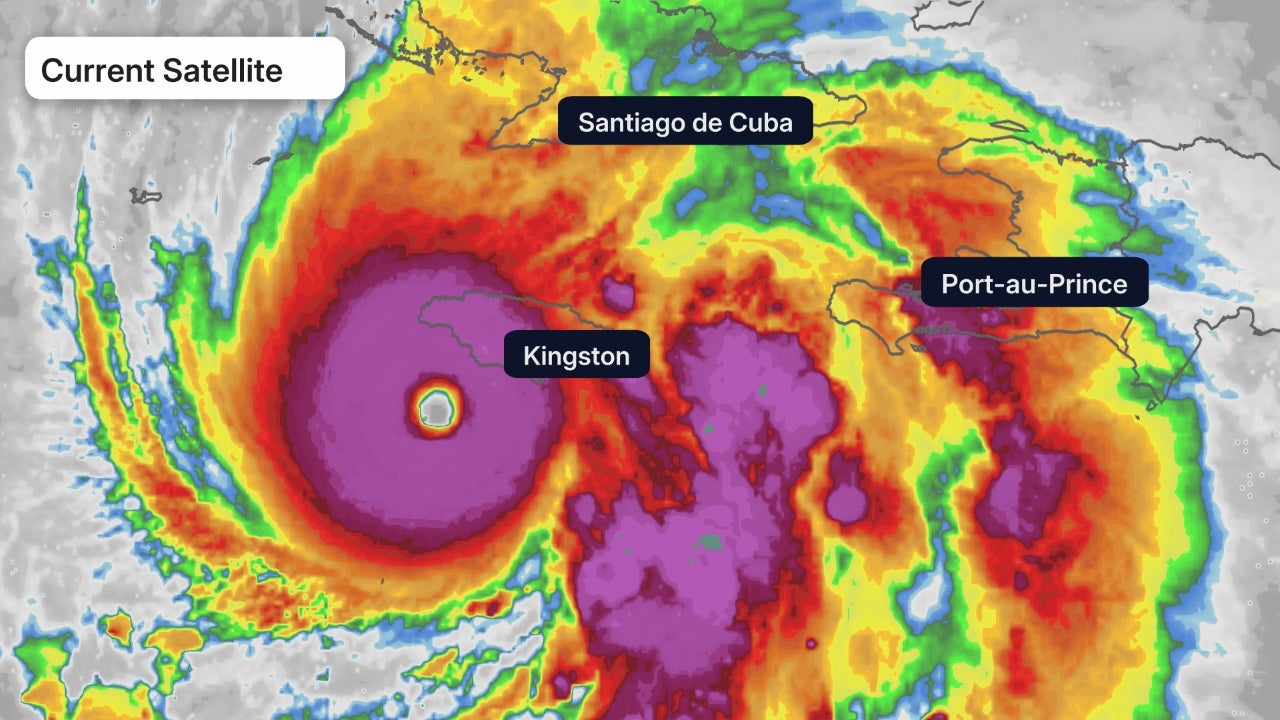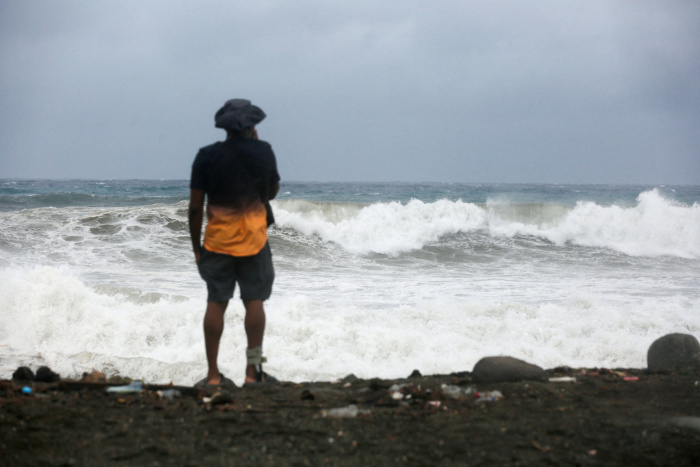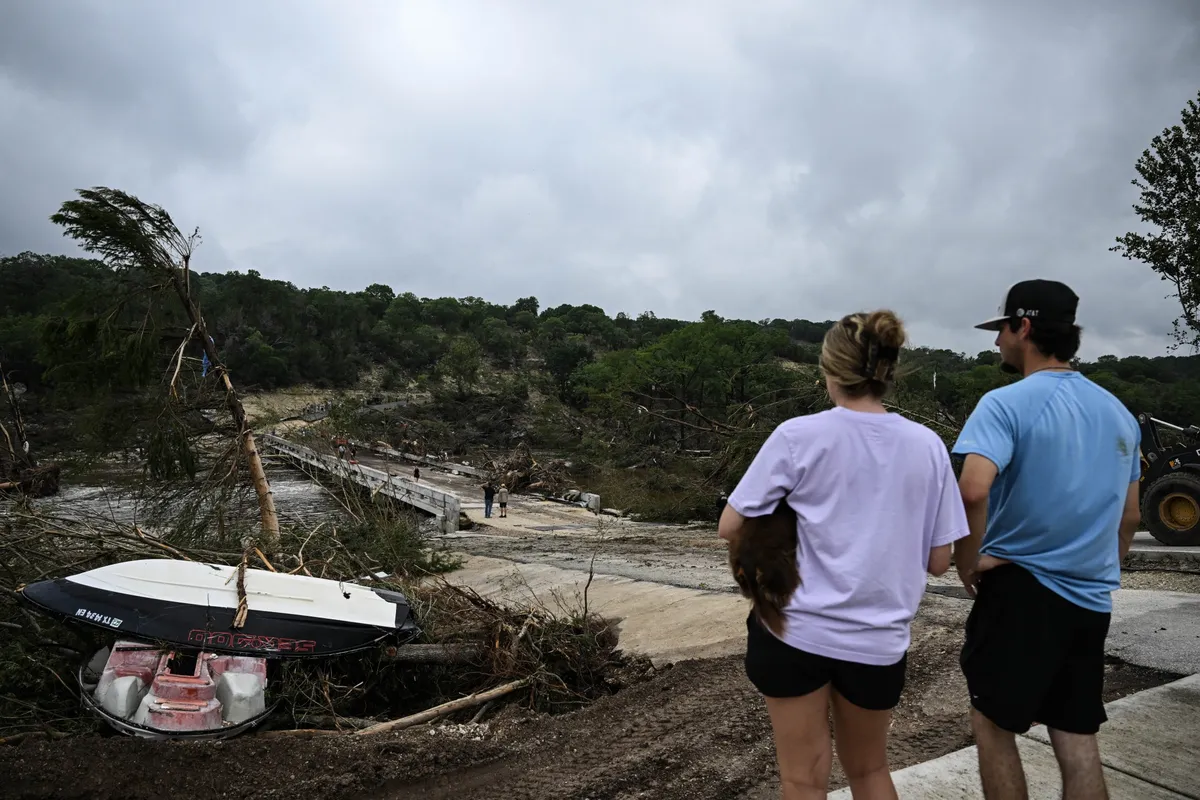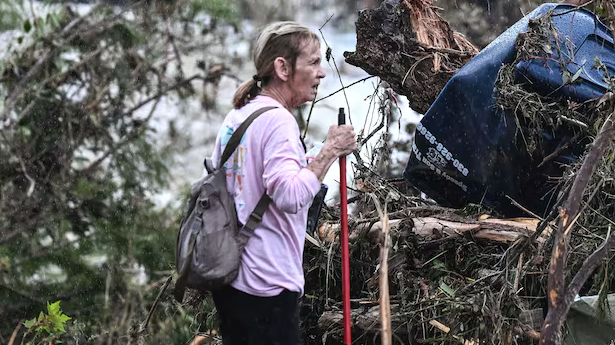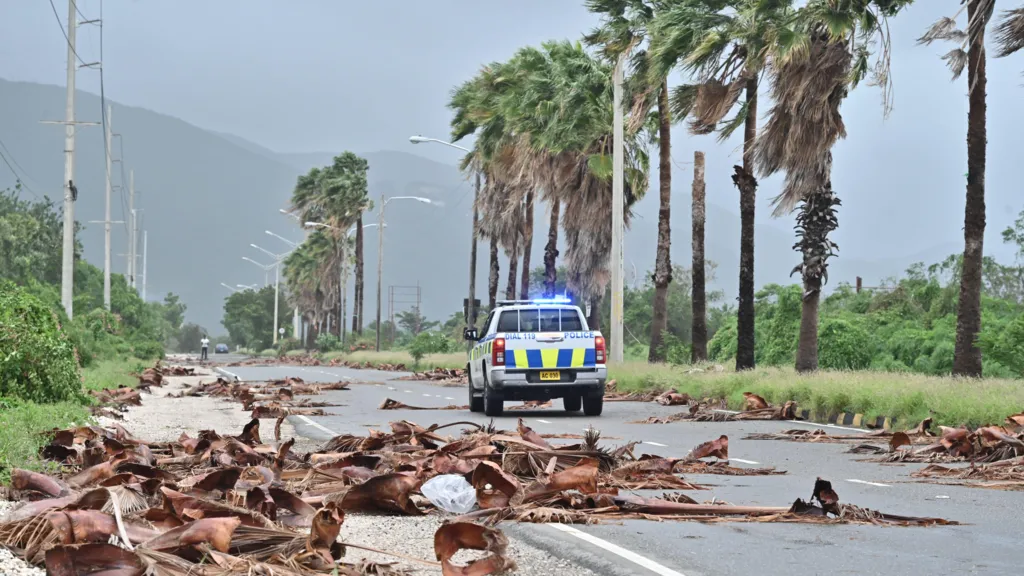
This article is more than
1 year oldHurricane Helene is deadliest since Katrina with 600 still missing
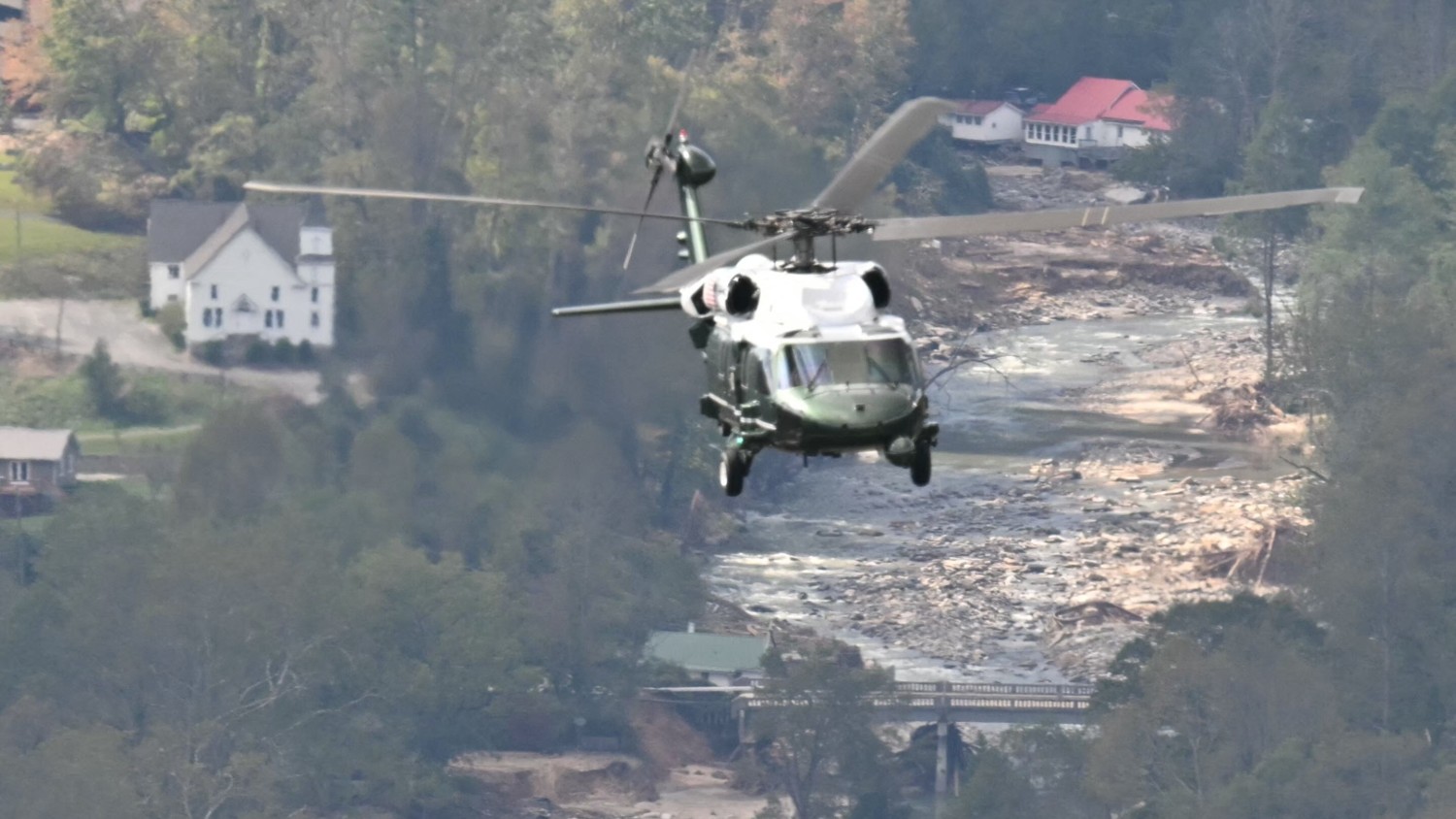
The death toll has exceeded 200, and analysts put the cost of damages as high as $160 billion
Helene has become the deadliest hurricane to strike the US since Katrina nearly two decades ago.
The death toll surpassed 200 across six states on Thursday, a week after the storm made landfall in Florida as a category 4 before its powerful remnants carved a path inland. The number of fatalities is expected to rise: about 600 people are still missing.
President Biden ordered 1,000 troops to North Carolina to help the recovery efforts before taking an aerial tour of affected areas on Wednesday.
“These soldiers will speed up the delivery of life-saving supplies of food, water and medicine to isolated communities in North Carolina. They have the manpower and logistical capabilities to get this vital job done — and fast,” Biden said.

Helene could become the costliest storm to hit the US, outstripping the $125 billion of damage caused by Hurricane Katrina, which claimed nearly 1,400 lives along the Gulf Coast in 2005. Moody’s Analytics projected damages of $36 billion; AccuWeather estimated damage and economic losses of up to $160 billion.
Helene delivered 42 trillion gallons of rainfall to the southeastern US — equivalent to the amount that would flow over Niagara Falls in the course of one year and nine months. The Nolichucky River in Tennessee surged to 162 times its normal rate of flow.
Speaking after flying over the most heavily hit area of western North Carolina, Biden said: “Nobody can deny the impact of climate change any more; at least I hope they don’t. They must be braindead if they do. Scientists report that with warming oceans powering more intense rains, storms like Helene are getting stronger and stronger.
“Today in North Carolina I saw the impacts of that fury. Massive trees uprooted, homes swept off their foundations, swept down rivers. Families heartbroken … My heart goes out to everybody who’s suffered unthinkable loss.”
The region suffered 33 inches of rain in three days, winds of up to 104mph, eight tornados and flash flooding emergencies in 21 counties. Eighteen states sent assistance, and 92 search and rescue teams were deployed in the aftermath.
Roy Cooper, the governor of North Carolina, said there had been a “massive, massive surge of help” but added: “An entire region of our state is still in a dangerous situation.”
Florida, Georgia, North Carolina, South Carolina, Tennessee and Virginia were the states worst affected.
The centre of the storm path

In Asheville, North Carolina, Megan Drye saw her parents and her seven-year-old son, Micah, swept to their deaths when their house collapsed while they were on the roof, where they had fled to get above the raging floods.

She said she heard her son cry out and took comfort in believing that he and her parents — who had struggled to hold on to him and to each other after they were deposited in the torrent — had been “rescued” by God.
• The Florida towns devastated by three hurricanes in 13 months
“He reached for something past flesh, past human, past anything that even grown adults, I think, would reach for. My son called out to the one God Almighty, and I think at that moment he was rescued and he became my hero and I think all of them carried me through that moment,” Drye told Fox Weather.
Drye was rescued after she became wedged among debris. “In the midst of all the chaos, all I heard was God telling me to be still and to stop fighting the water … to let the water carry me to where I needed to be rescued,” she said. “My grief today is unfathomable … I feel broken.”

Main roads and communication lines were destroyed. The I-40, a highway connecting North Carolina and Tennessee, will not reopen until October 2025, according to North Carolina’s transport department. A section of the alternative route, the I-26, was also washed away.
Nearly one million people remained without power by Thursday morning. Parts of the power grid and water supply infrastructure were wiped out.
Private helicopter pilots joined the rescue efforts and airlifted food, water and medical supplies to otherwise inaccessible communities. People’s ability to flee was limited by a lack of petrol for their vehicles — if their vehicles survived — or a lack of cash to buy it where power was down and credit card terminals out of use.


The storm snapped trees, ripped up homes, wrenched down power lines and mobile phone towers and collapsed whole mountainsides, sending mudslides over roads and communities. Homes, businesses, warehouses and 18-wheel lorries were swept away.
The North Carolina air national guard rescued more than 1,400 people and dozens of pets. The Federal Emergency Management Agency was moving in thousands of tonnes of critical supplies, and voluntary groups assisted in serving thousands of hot meals.
Phone companies were using satellite and microwave links to try to restore service, moving in temporary masts and sending drones to assess hard-to-reach areas.
As they struggled to restore service, police were providing escorts for volunteer groups bringing in Starlink satellite internet terminals to cut-off areas. Elon Musk, founder and chief executive of SpaceX, which owns Starlink, announced free use of the service for a month for those in the affected areas.
